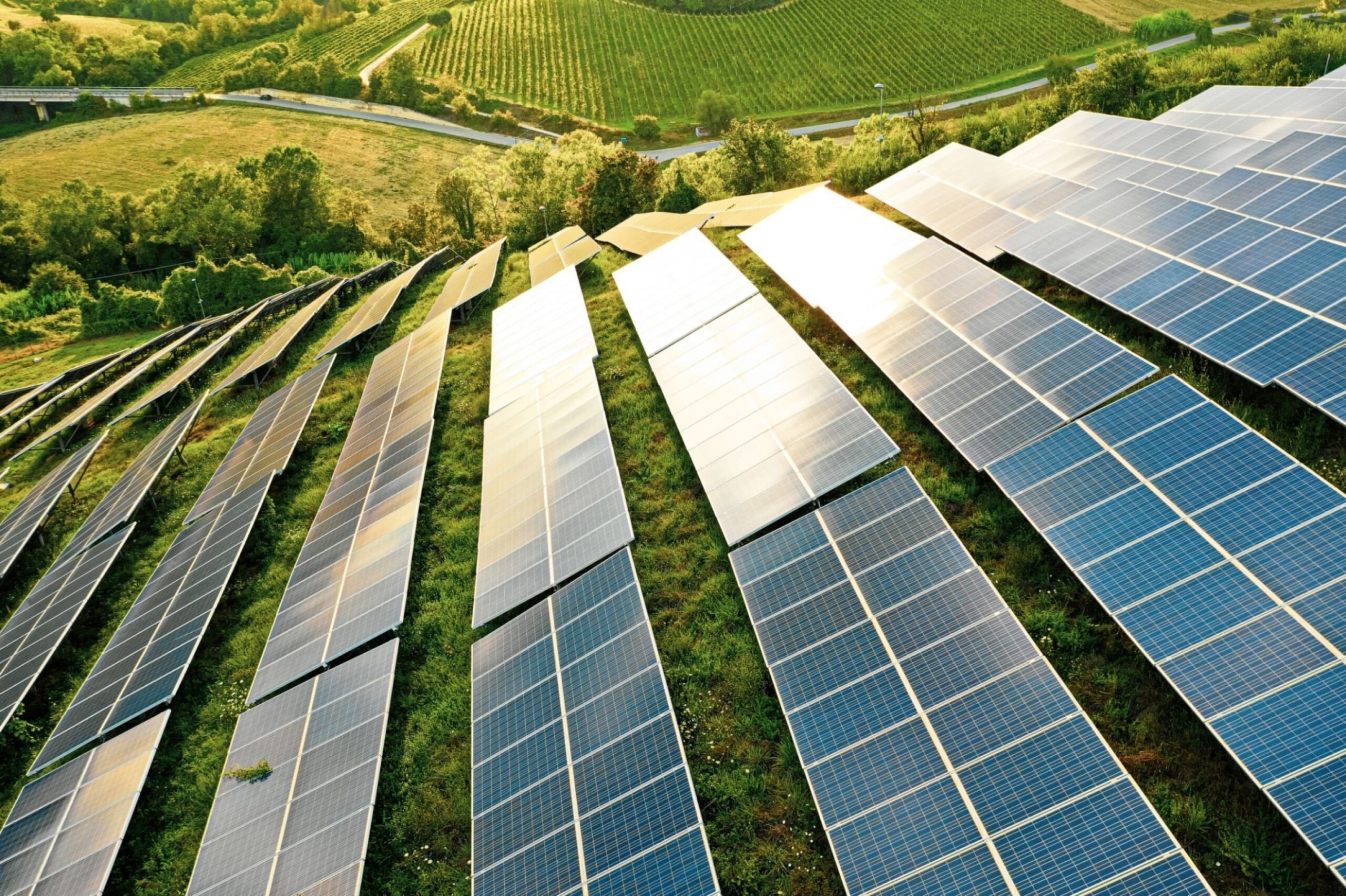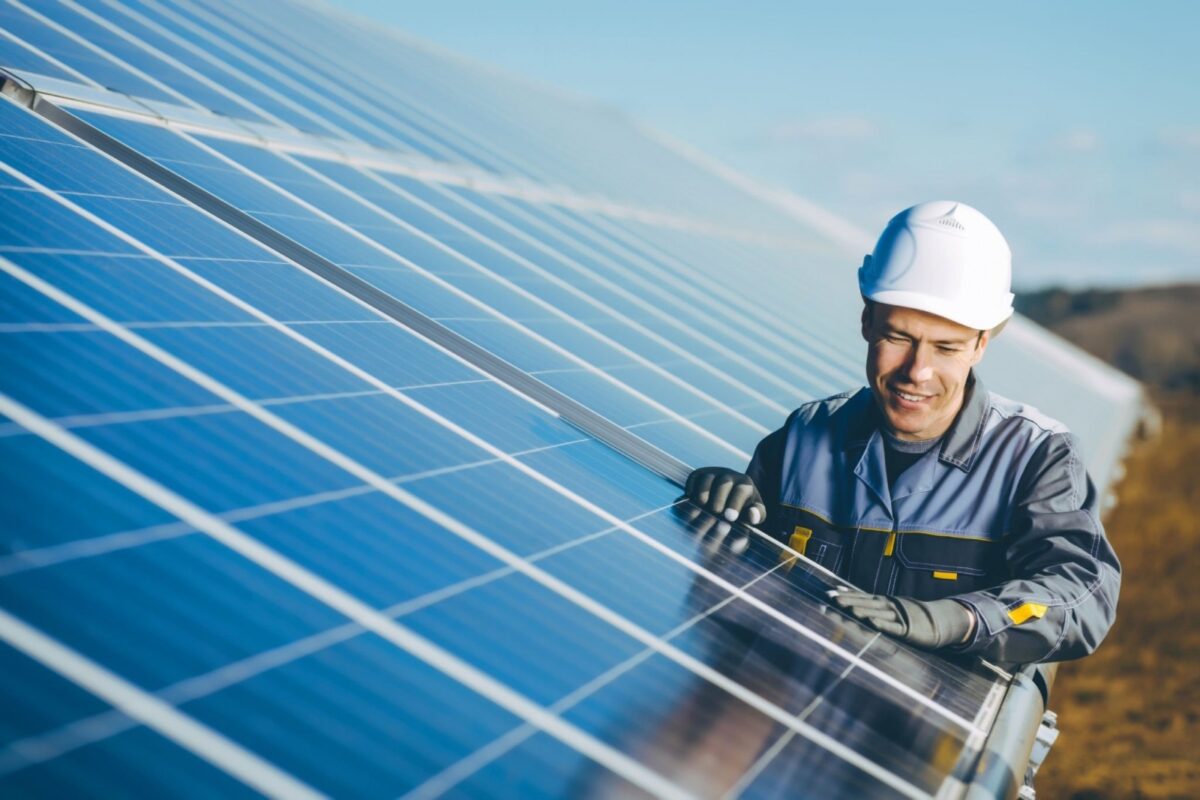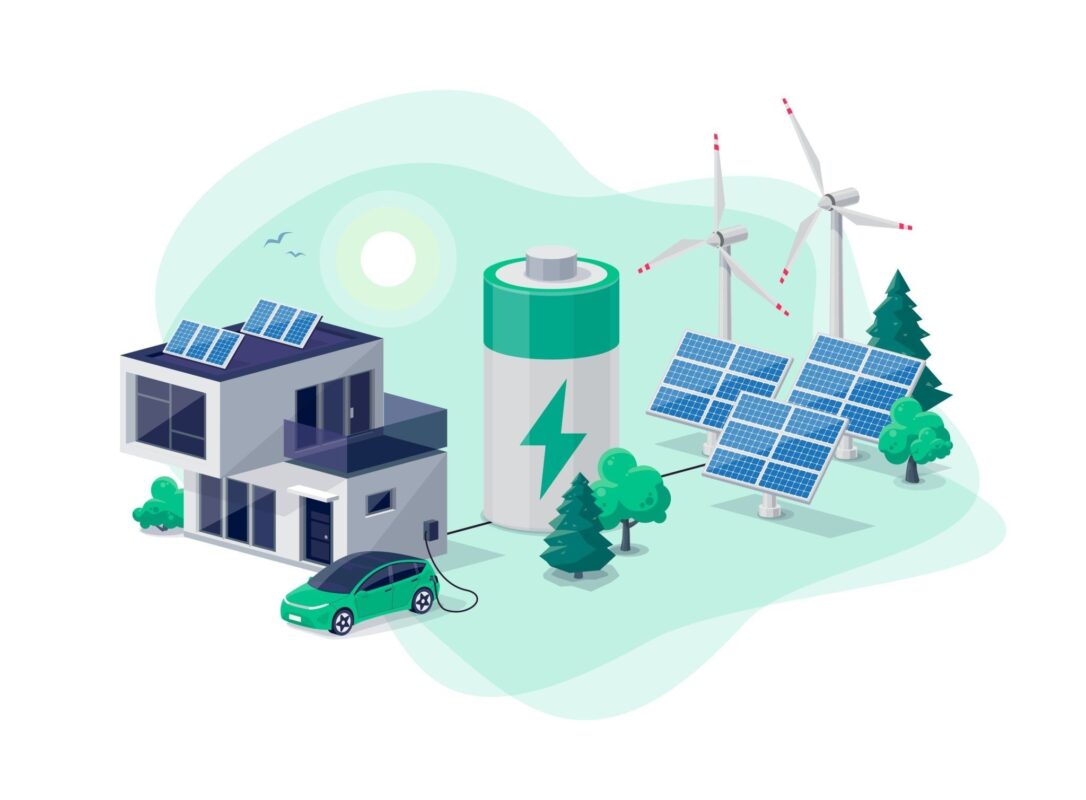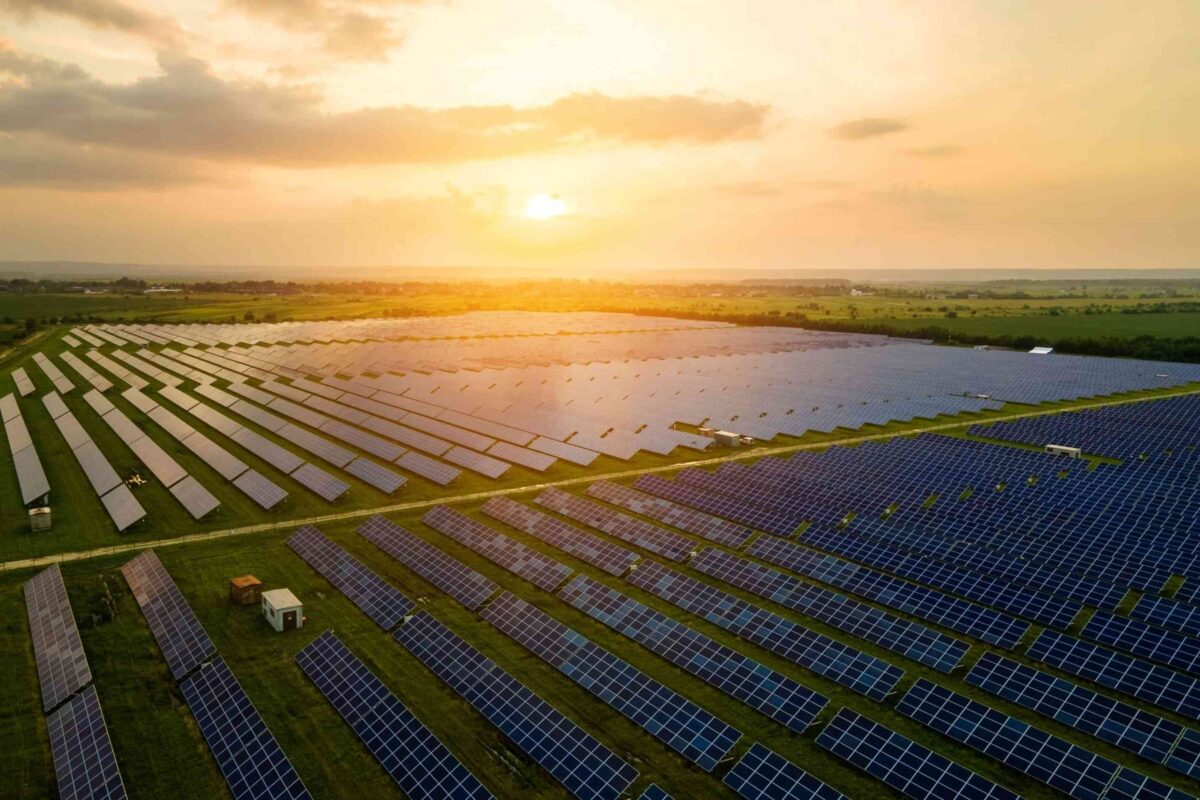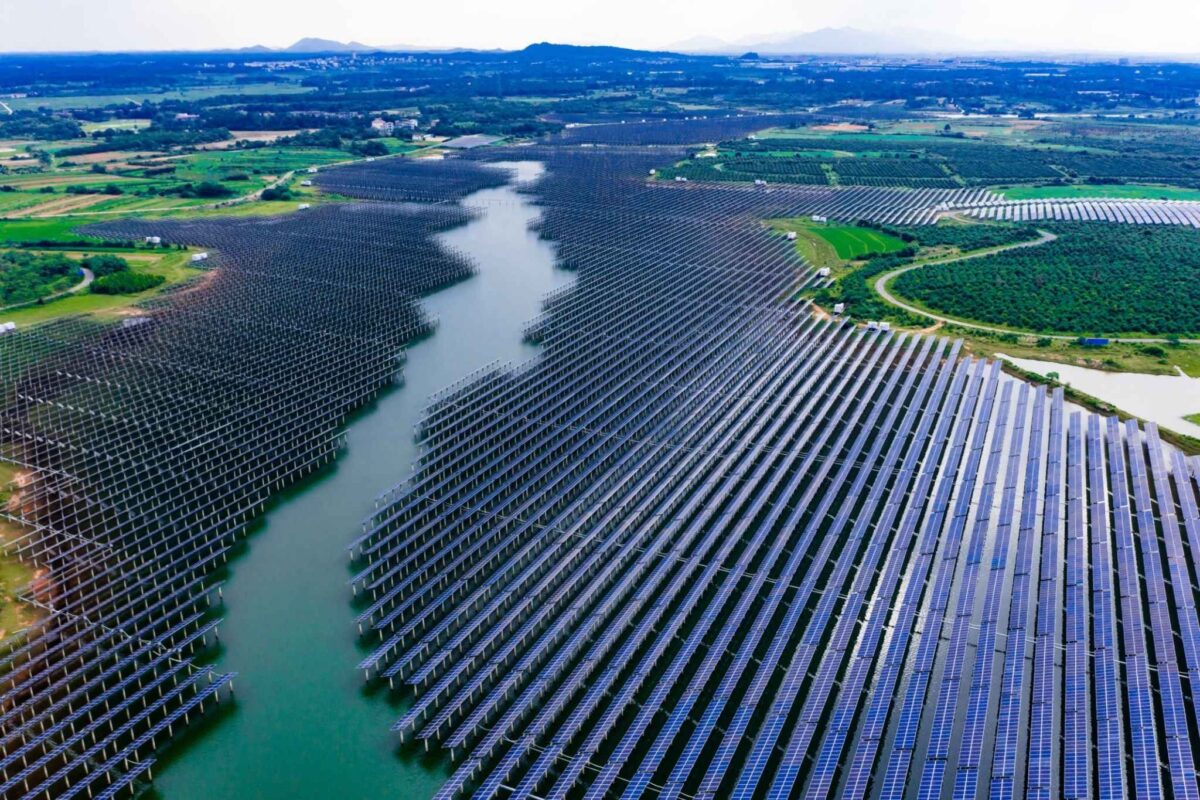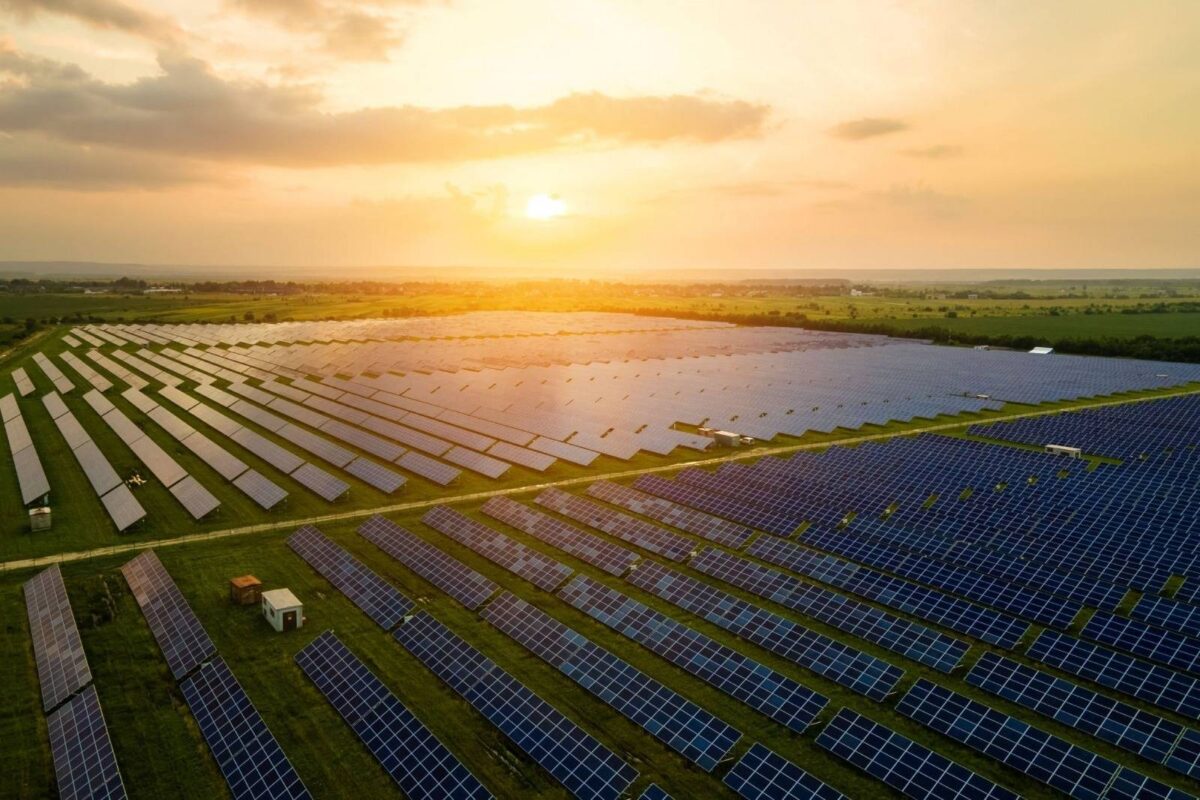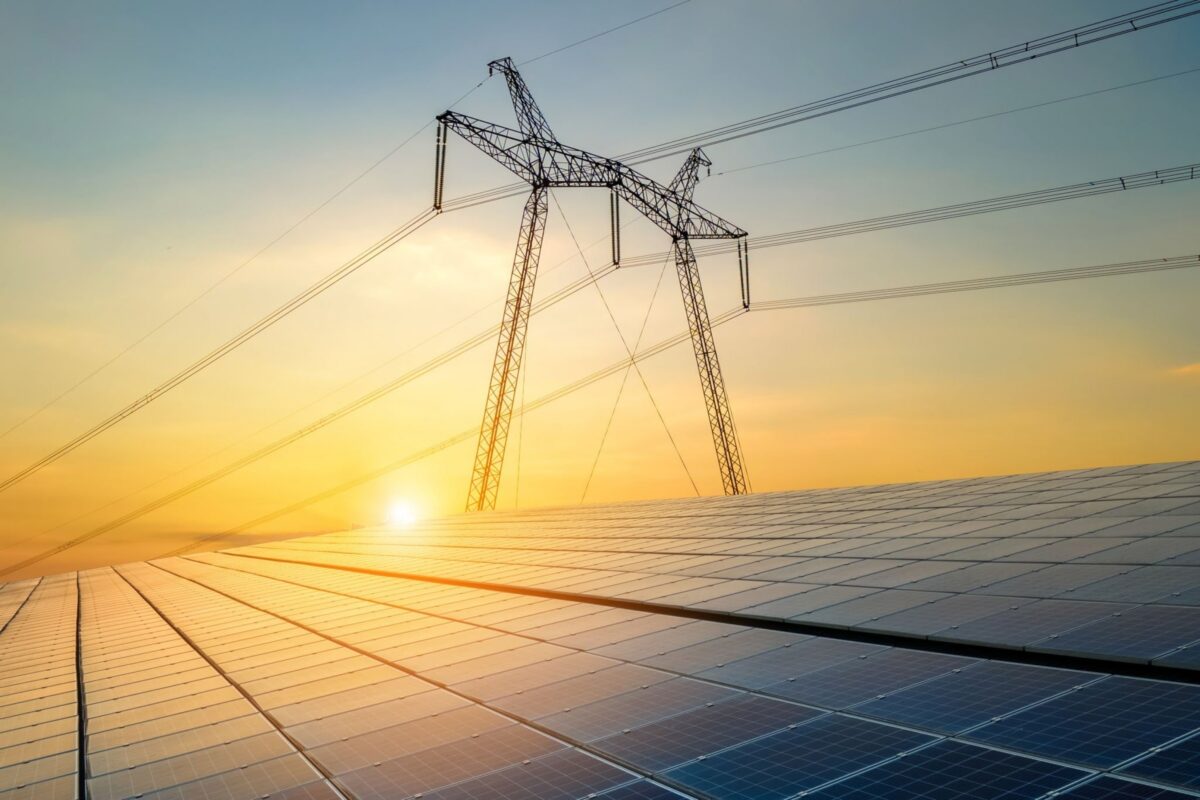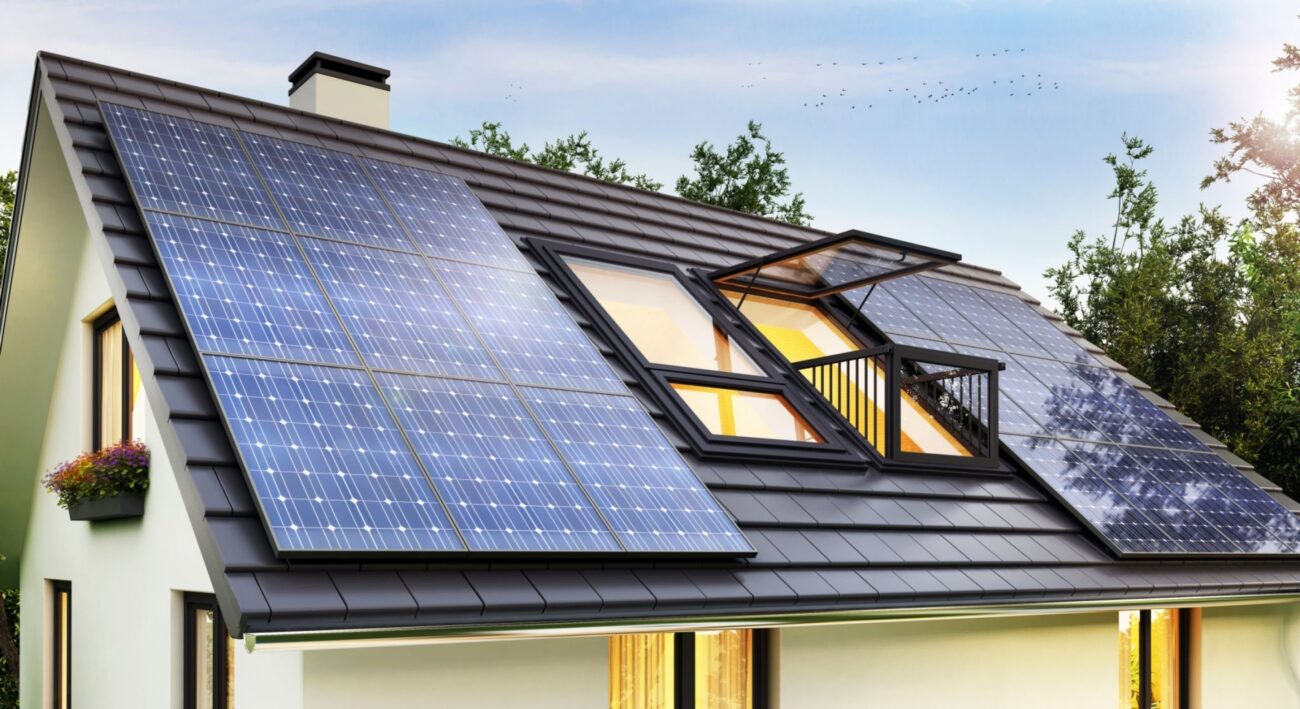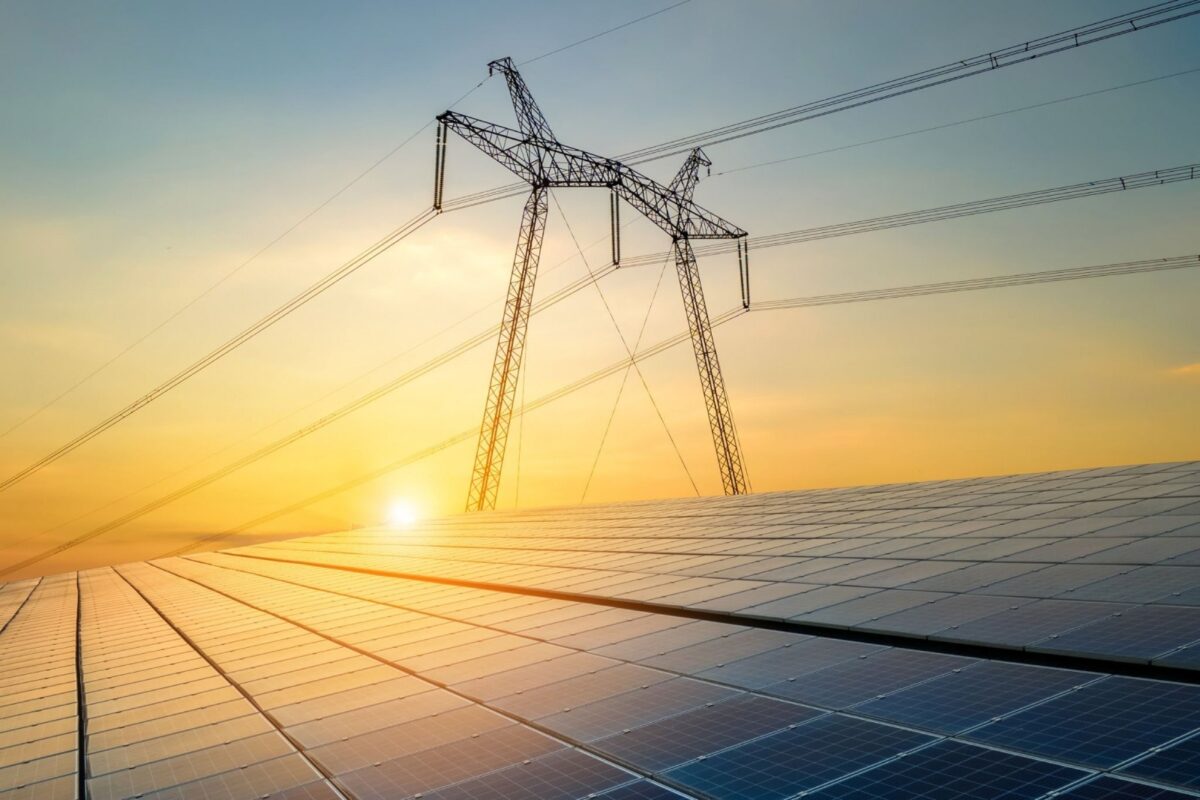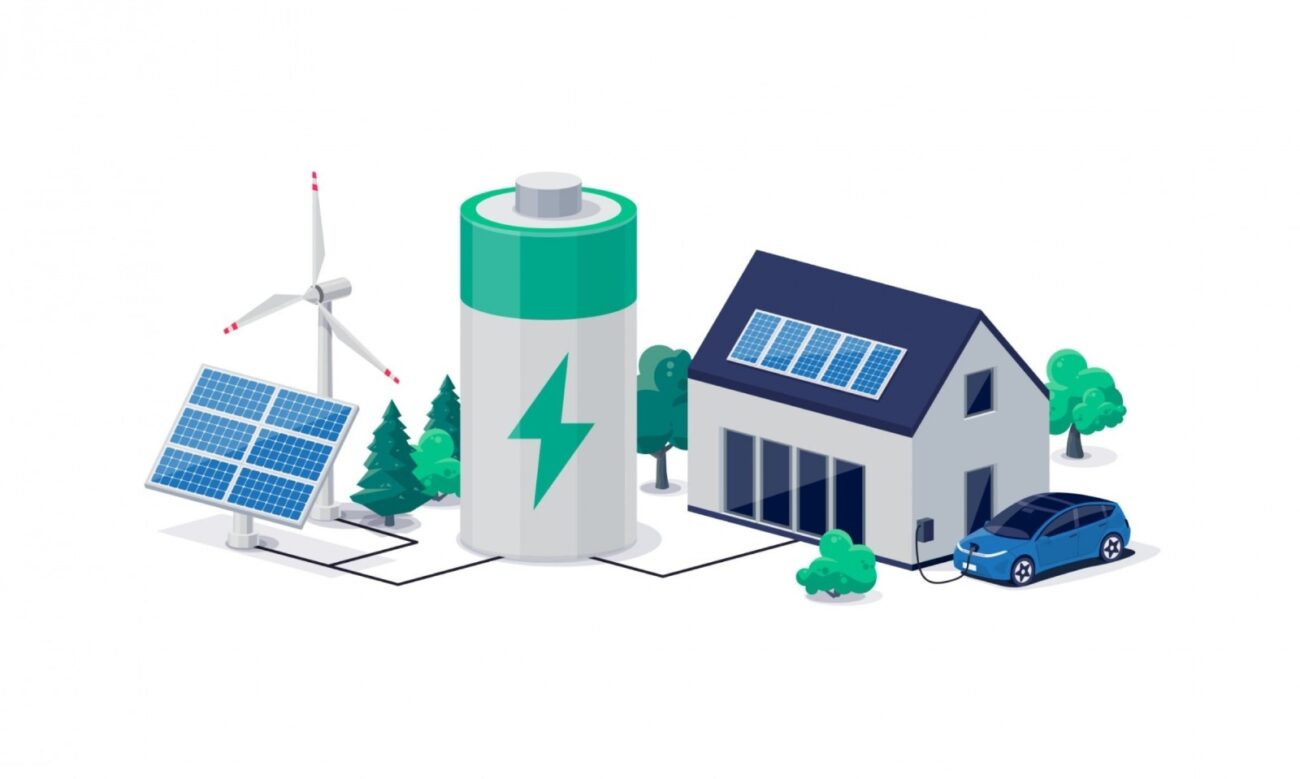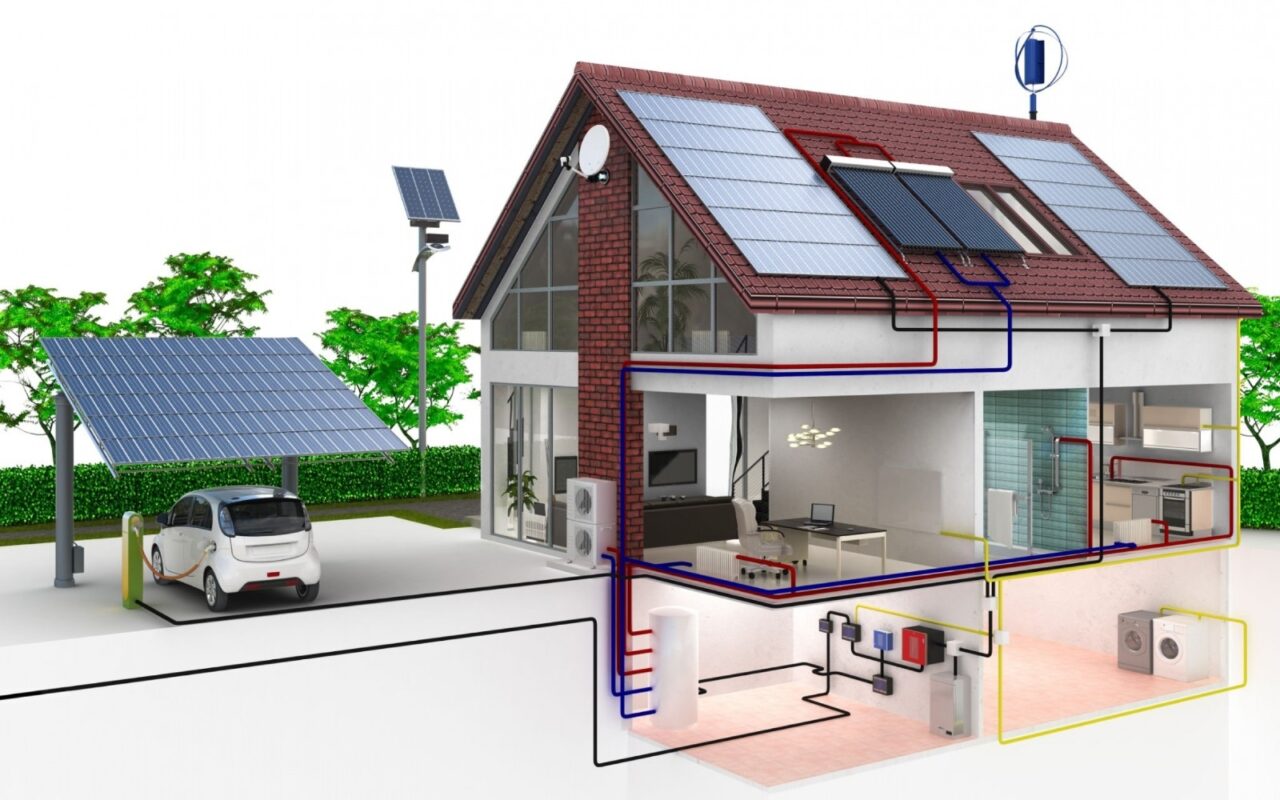Solar panels use the sun’s energy to produce a usable electric current, which can then be stored in batteries or used as needed. There are many different shapes, sizes, and materials for making solar panels and these factors will determine how much sunlight a panel can absorb, how quickly it charges batteries, and how efficiently it produces electricity.
The two basic types of solar panels include monocrystalline silicon and polycrystalline silicon. Monocrystalline silicon is typically more efficient than polycrystalline silicon but also costs two to four times as much.
Solar panels are a renewable and cheap source of electricity that has seen a major surge in popularity around the world. They can produce power even when the sun isn’t shining, so they’re an asset to have at home or a business.
Solar panels, also known as photovoltaic or PV panels, are the cornerstone of any solar energy system. These panels absorb sunlight and convert it into electricity that can be used to power various devices in your home or business.
However, there are many factors that come into play when picking the right kind of panel for your individual situation. For example, you’ll want to consider the position and angle of your roof during its installation because each angle allows for different amounts of sunlight exposure.
Other factors include the battery storage capacity, weatherproofing, and how big it is relative to other surrounding objects (e.g. trees).
But solar panels aren’t the only thing you’ll need in order to harness their power. In fact, there are various components involved in installing these panels on your roof, ranging from where and how many you’ll need for each device to what materials you’ll use for the installation process itself.
Once you have a grasp on these concepts, you’ll know exactly what to do.
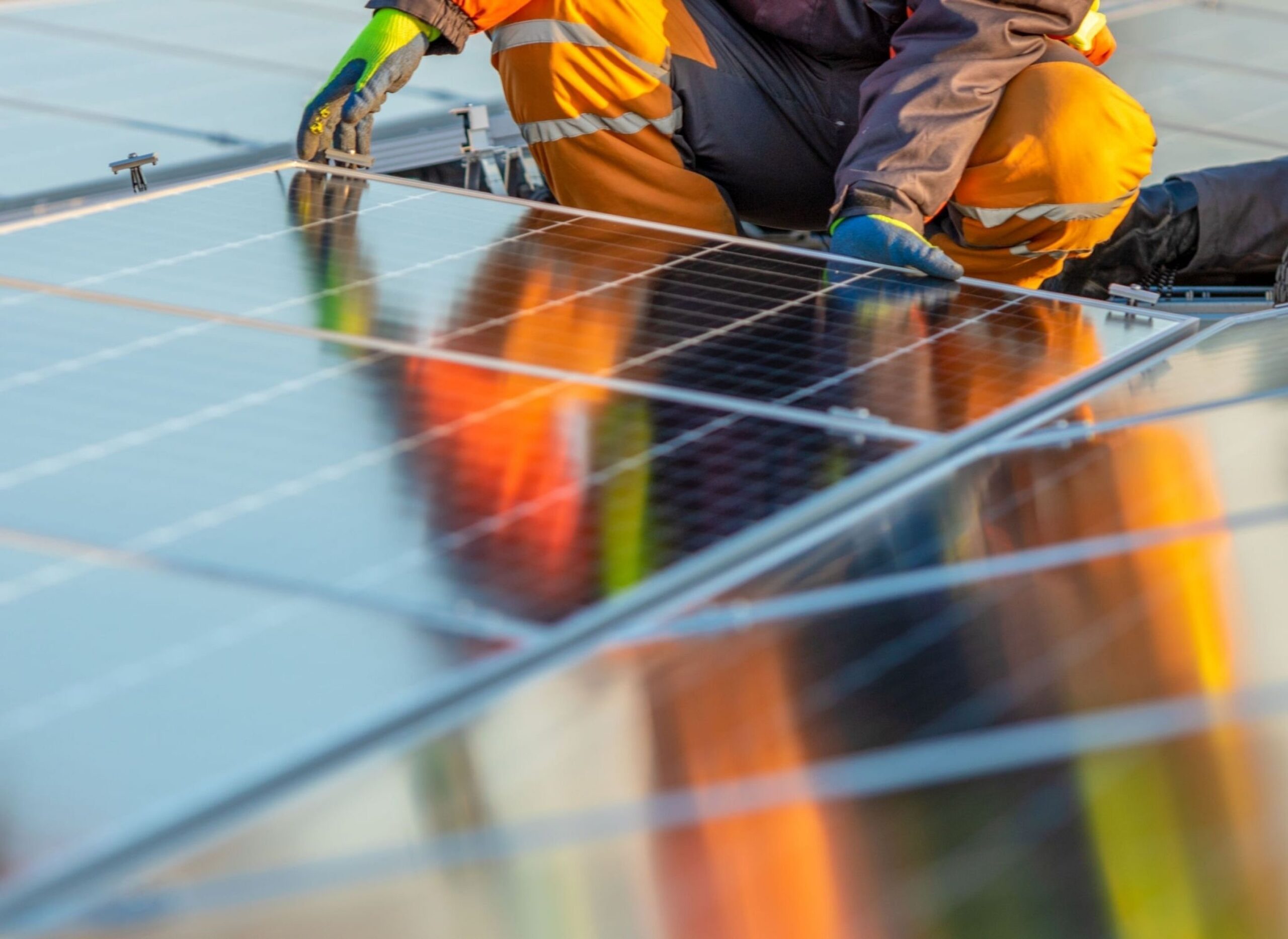 The Components of a Solar Panel
The Components of a Solar Panel
A component is any part of an electrical circuit that isn’t an appliance or device (e.g. a solar panel, fuse box, or switch). There are many different kinds of components that work together to power an electrical circuit.
The main components include a source of electricity (e.g. solar panels), an inverter, a battery storage system, a wire, and a fuse box. When these main components are installed together and wired properly, they create a functioning electrical circuit.
Sources of Electricity – Solar panels are the most common source of electricity for any solar power system: it converts sunlight into electricity for various home appliances, lights, and similar devices. Other sources include wind generators and hydroelectric generators.
Inverter – The inverter is a device that changes or “inverts” direct current (DC) from the panels into alternating current (AC) that is shared by the home’s other house appliances. Without this conversion method, appliances like TVs, microwaves, and stereos would not be able to use solar power because they only work with AC current.
Batteries – Batteries are used to store the electricity produced by solar panels. They’re also useful for powering electrical devices like phones and computers.
Wires – These wires connect the inverter, batteries, and other components to each other on a circuit board (e.g. a fuse box). Without proper wiring in place, the entire system would be useless.
Fuse Box – A fuse box is used to protect the electrical devices in a system from excess or dangerous power surges or backup voltage. It plays a similar role to a series of circuit breakers.
Installation
Installing a solar panel involves several steps:
- Choose the location: Identify a location that receives maximum sunlight throughout the day. Ideally, it should be a flat area that is not shaded by trees or buildings.
- Mounting the panel: Install the mounting brackets securely on the roof or the ground. Make sure that the brackets are level and secure. Then attach the panel to the brackets using bolts and nuts.
- Wiring: Connect the solar panel to the charge controller using the appropriate wiring. The charge controller will regulate the voltage and prevent overcharging of the battery.
- Battery bank: Connect the charge controller to the battery bank. The battery bank stores the energy produced by the solar panel for later use.
- Inverter: Install the inverter to convert the DC power produced by the solar panel to AC power, which can be used to power household appliances.
- Test: Test the solar panel system to make sure it is working properly. Check the voltage and current readings to ensure the system generates power.
- Maintenance: Regularly inspect the solar panel system and clean the panels to ensure maximum efficiency. Also, check the wiring and connections for any wear or damage.
It is important to note that installing a solar panel can be complex and should be done by a licensed professional or someone with experience installing it.

